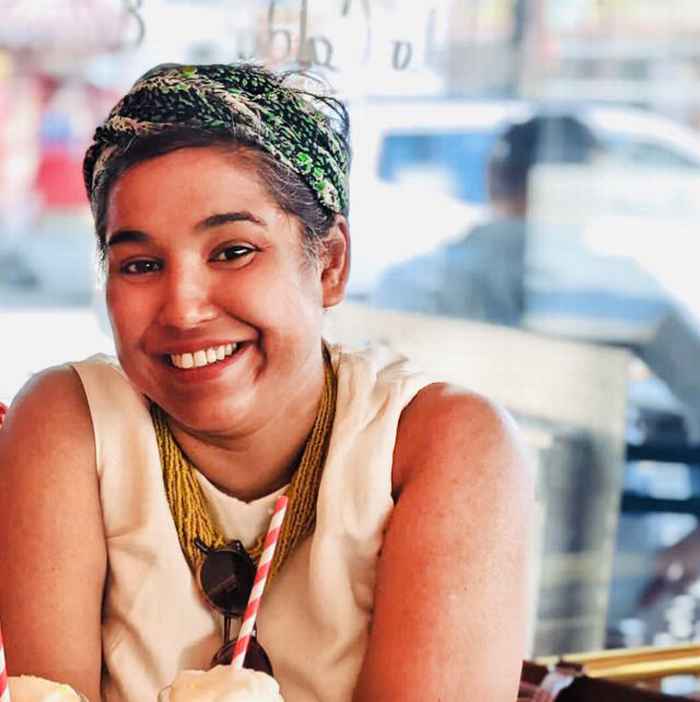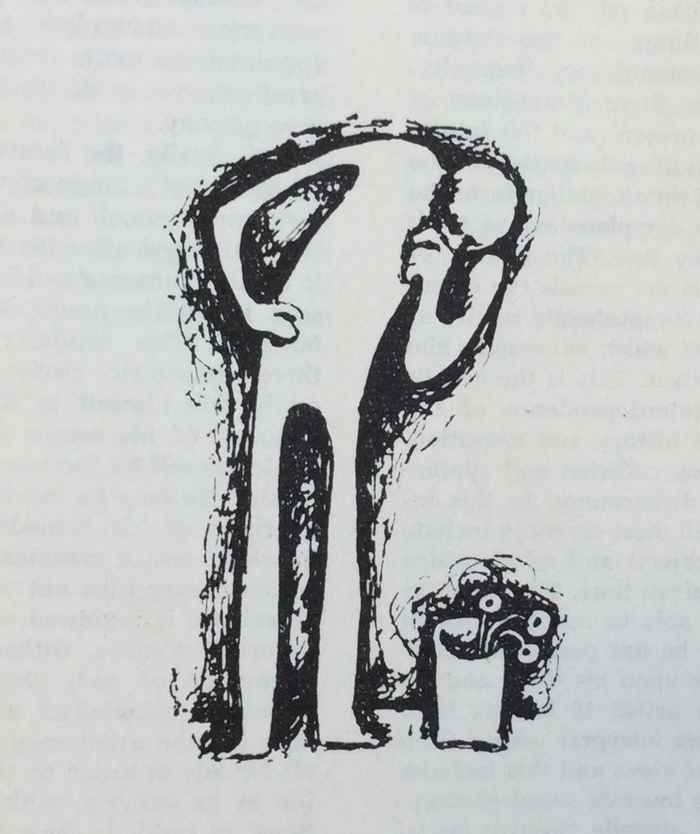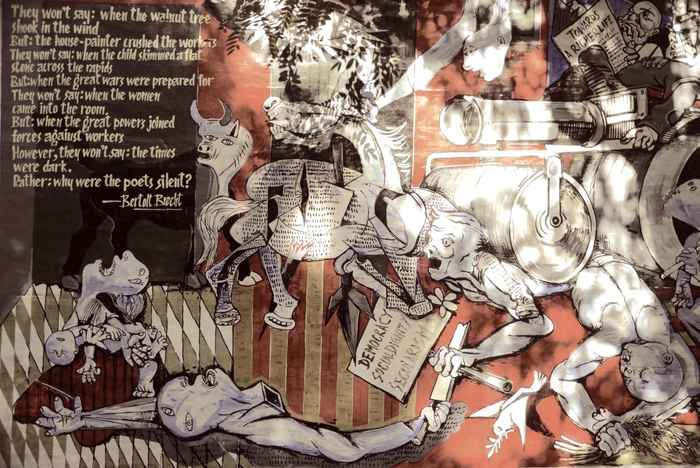Art, Freedom, and Decolonisation in the Global South
6 March 2024

‘When we think of freedom, we tend to associate it with an American vision of individual freedom’, says Sunderason. ‘But there are actually plural and contesting ideas of freedom, seen from spaces beyond the so-called "West”. For instance, we have socialist ideas of freedom as revolution, and the Global South’s idea of freedom as independence, liberation, emancipation. Artists in 20th-century Asia, Africa, and the Middle East were exposed to all these ideas. I am interested in how they visualised all these different concepts, and how they played with them.’
The not-so-Cold War
During the period Sunderason studies, the 1940s to 1980s, a lot was going on in the world, she explains. ‘Decolonisation was happening globally, and then there was the Cold War, which was not really cold for many countries – there were actual wars in Asia and the Middle East, and liberation movements in Africa. At that time, artists in the Global South were engaging with both the American ideas of freedom, as well as with socialist visions of it, while imagining their own post-colonial freedom. By following particular artists, groups, and critics, I try to map how these interactions happened.’
There is still this idea that modernism started in the West, and that it is a derivative elsewhere.
In her project, Sunderason uses visual art to write intellectual history of 20th-century decolonisation. ‘When we think of modern art, we often think of the finished product. But what I am interested in, is the thought that goes behind the tangible artworks we see. For instance, how does an artist move from figurative painting to completely abstract work? How do they struggle with how to participate in the world? Visual art has much to tell us about how different concepts of freedom are imagined and entangled in the shadow of 20th-century decolonisation.’

History lies in ideas that failed
Due to Eurocentrism and Americentrism, artists from the Global South have received less attention from scholars than their counterparts from the western world, says the researcher. ‘There is still this idea that modernism started in the West and that it is a derivative elsewhere. To break this down, scholars have already written excellent books on postcolonial modernism and key modernists in the Global South.'
'But we are missing what lies in between: what about the artists who were not successful, or not visible on a national or global stage, but were still important for artistic thought? I build on the scholarship of others by filling in these gaps. I believe that intellectual history really lies in those gaps: in ideas that were not made visible, ideas that failed.’
Archives in attics and cellars
As part of the project, the research team will do extensive fieldwork in South Asia, Africa and the Middle East. Sunderason has identified a set of particular artists, periodicals, collections and archives to look at – which may not always be easy in the field. ‘When we talk about archives in the West, we assume there are institutions, collections, societies’, she says. ‘Those also exist in the Global South, of course, but you also often end up in random people’s attics and cellars, finding archives in boxes and cupboards. In these countries, the material is there, but you have to look differently, you have to be prepared for a lot more difficulties – and of course, the joy of serendipity.’

Decolonial Futures
Sunderason’s project will also be part of the UvA’s new research priority area (RPA) Decolonial Futures, which she is coordinating together with Darshan Vigneswaran from the Faculty of Social and Behavioral Sciences, and Eliana Cusato from the Faculty of Law. The RPA has a wide community and is combining legal, social, political and cultural approaches to understand what decolonial futures could look like. ‘It will be challenging to unite all these different ways of thinking,’ says Sunderason, ‘but also important, because decolonisation is a topic that cuts across disciplines.’
With Decolonial Futures, the researchers want to create a space for new research collaborations, methods and dialogues around what the decolonial means. Sunderason: ‘We hear the word “decolonial” everywhere, but the moral charge of the word often overrides concrete methods of analysis. Yet this is what we need in academia if we truly want to decolonise knowledge. The decolonial is not just an emotion – it has a history and a genealogy, and it should have a method of study.’
Bringing in the public
‘Of course research is central to this RPA,’ says Sunderason, ‘but we also want to relate our academic research to the public: grassroots movements, museums, smaller archives, non-institutional collectives and of course, to conversations in the Global South. It is important that we listen and learn, but we also need to build infrastructures – and ethos – for that. We need to find concrete ways of connecting the university to the world.’
Social change is a matter of perpetual struggle and a critical alertness to it.
The RPA will be focusing on three areas in the context of decolonial transformation: cultural and artistic work and institutions; borders and migration; and the environment. It will encourage dialogue across these themes through events, seed grants, residencies and forums. ‘We want to look into how colonialism continues in the present, how it is contested, and how we can imagine a future beyond it’, says Sunderason. ‘Social change is a matter of perpetual struggle and a critical alertness to it. At the end of the day, we at the university are often institutional people – not revolutionaries. But within the scope of academia, from our classrooms, cafés and corridors, a lot can be changed.’